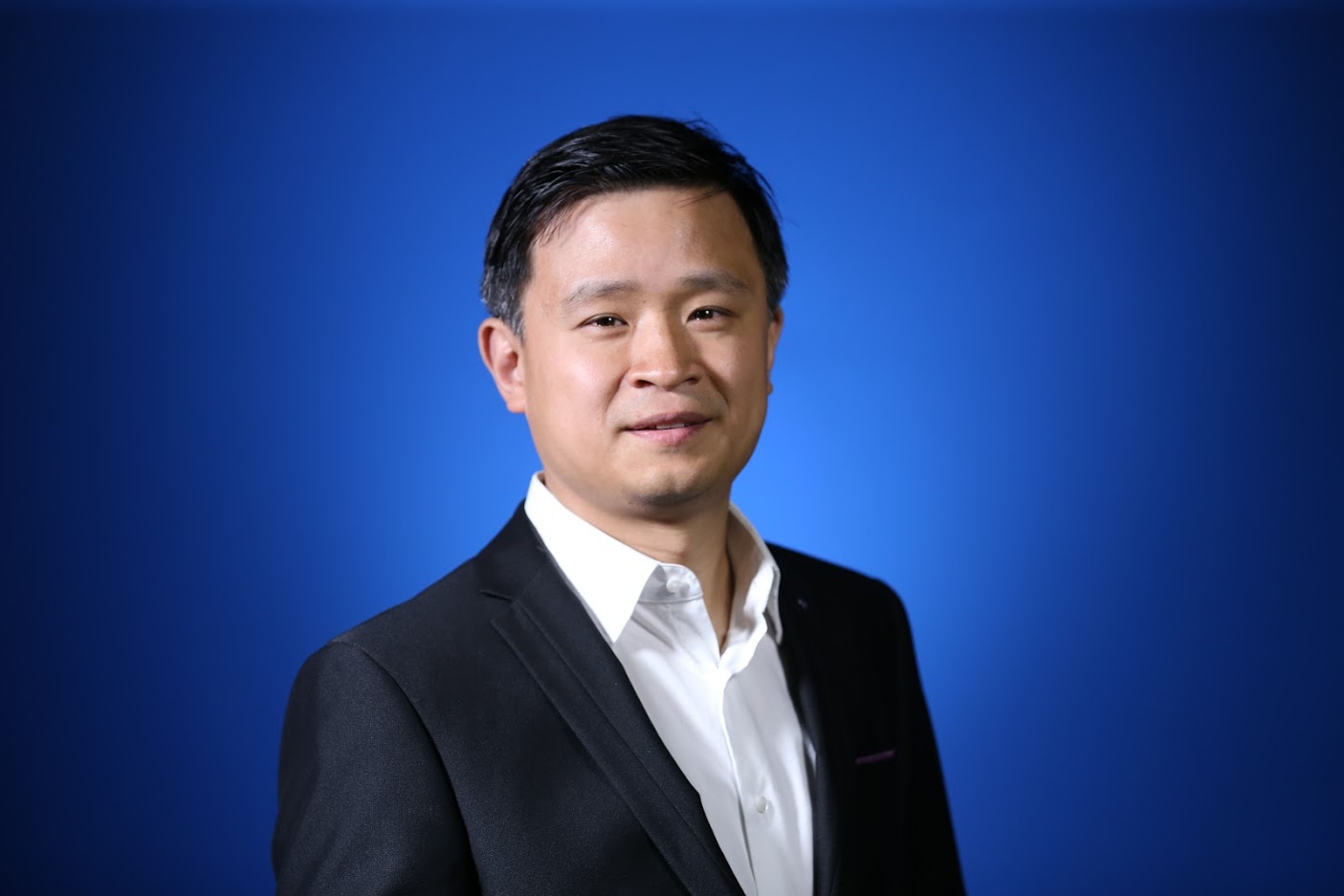 CLOUD
CLOUD
 CLOUD
CLOUD
 CLOUD
CLOUD
The evolution of the public cloud over the past 15 years has been all about building — creating infrastructure to power enterprises of any size on a global basis.
That has set the stage for another chapter in the cloud story. It’s one in which new businesses will be built on top of cloud platforms to facilitate security through firms such as Zscaler Inc., or data warehousing as seen in the success of Snowflake Inc., or even video communications inherent in services provided by the likes of Zoom Inc.
“There’s a great opportunity to build a next-generation platform,” said Howie Xu (pictured), vice president of machine learning and artificial intelligence at Zscaler. “In the next five to 10, years people are going to gravitate toward the generation of service platforms on top of the public cloud, on top of the infrastructure. Zoom has the potential to be a platform.”
Xu spoke with John Furrier, host of theCUBE, SiliconANGLE Media’s livestreaming studio, during theCUBE on Cloud event. They discussed how cloud has created an easier path for entrepreneurs to follow in launching new businesses, the evolving role of software in abstracting away infrastructure demands, the rise of virtualization in platform adoption and the future of artificial intelligence and machine learning.
Early in his career, Xu worked for a number of tech startups. His experience in the 1990s and early 2000s presented a lesson in the difficulty entrepreneurs faced in getting a fledgling business up and running.
“If I think about the startups I was involved with 20 years ago, it was a headache,” Xu recalled. “How are you going to build it? These days, that hurdle is removed, there are rich services available. Even Zoom has platform APIs.”
By offering “pay-as-you-go” models for compute and storage, major public cloud providers have been able to provide a more cost-effective springboard on which new enterprises can be launched.
“Now it’s much easier to build out the service at a reasonable cost,” Xu said. “You don’t have to think about capex ahead of time; that’s a really good advantage. The infrastructure will grow with you, and you can focus on what you know well.”
A key development in the growth of the public cloud has involved the capability to abstract away complexity and work associated with managing infrastructure. It’s part of a growing trend in the tech world as software tools become more robust and cloud platforms play a bigger role, according to Xu.
“If you look at the history of our industry, the abstraction level is always getting higher,” Xu noted. “What we expect from software is more complex. What’s happening is it’s eating more of the world at the top, but the bottom is going to be abstracted away by the infrastructure, by the platform.”
Xu’s career has followed the arc of the virtualization movement since the early 2000s. He joined VMware Inc. in 2002 as one of its lead developers in virtual networking. His team was responsible for developing the industry’s first distributed virtual switch.
“VMware invented this term called virtualization, but really it was an operating system,” Xu said. “If you think about virtualization, it has the benefit of almost being like cloud. It’s putting the resources together, giving you the flexibility, being easy to schedule. The spirit of that benefit is carried on generation after generation with the platform.”
With abstraction and virtualization as key elements in platform adoption, Xu believes that enterprises will continue to focus on data and artificial intelligence. In his estimation, there is still a great deal of work to be done with both.
“If you want to apply AI and machine learning to solve enterprise problems, there is still a lot of friction,” Xu said. “For AI and machine learning, we’re still trying to figure out the right design patterns, the right tool. That job has to be easier.”
Part of the problem is that AI represents a “big hammer” in Xu’s words, and companies should be focused on using the technology to solve issues that were previously impossible to fix. This has also sparked a conversation within the tech world about whether building increasingly more complex AI and machine learning algorithms is truly necessary.
“There is a lot of debate in the industry about whether we really need sophisticated machine learning,” Xu explained. “It turns out that roughly 80% of enterprise problems probably can be done using tried and true machine learning. It’s still very tricky. We’re in the early journey of how to use AI and machine learning to solve lots of enterprise problems at scale and at a low cost.”
Here’s the complete video interview, part of SiliconANGLE’s and theCUBE’s coverage of theCUBE on Cloud event:
THANK YOU